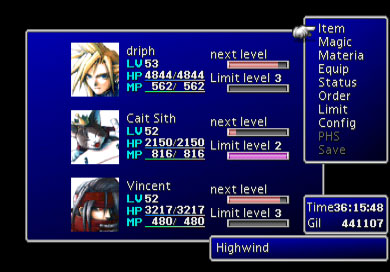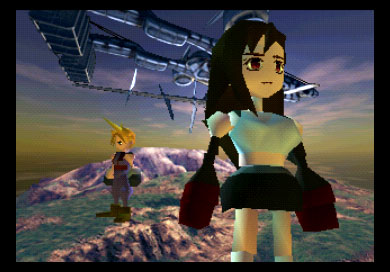“The war has arrived at the gates of Hillys!”
Prior to finally completing it last month, I’d attempted and then abandoned Beyond Good & Evil at least three or four times.
While the game is a bit slow to start (after the spectacular introductory sequence), the lack of a full playthrough was simply the result of my falling prey to a constant barrage of newer and shinier things. I’m not particularly known for my discipline.
But this time, this time, bolstered by both age and a sense of duty, I finally beat the damn thing.

Visually, Beyond Good and Evil holds up very well, particularly when played in progressive mode on a PS2 or PS3, and Christophe Heral’s score (he’ll be returning for the upcoming sequel) is considered to be among the best of the previous generation.
The game plays a bit like a stealth Zelda, with a hub-like overworld and a smattering of dungeon crawls, physical puzzles, and platforming segments. The photography and reporting aspects were my favorite part of the game, and I hope they lean heavily on those elements for the sequel.
Things seemed to wrap up a bit too quickly at the end, but I did enjoy the story, and found myself genuinely caring for the primary characters and their crusade.
With the second installment on its way, pick up and play BG&E if you haven’t. It’s available on Windows and all three of the last gen platforms, and can easily be had for less than ten bucks.

Plus/Minus:
+ Game starts off with a bang, throwing me immediately into a boss fight.
+ The button displays in the top left corner show relevant commands and are shaped and positioned like the buttons on the controller (varying per system). Yeah, everyone is into minimal UI these days, but this was really helpful.
+ The circular repeat-scrolling number/letter entry system is great! Much better than an onscreen keypad when using an analog device. I’m so stealing this.
+ After dying, the game sends you immediately back into play at the last (invisible) checkpoint. No loading saves, etc.
+ In-game hints from supporting characters were a nice touch. I rarely felt directionless or unable to progress.
– Being forced to select the language every single time I booted the game.
– The camera! The camera in interior spaces! Argh don’t do that!
? The final boss. I’m undecided, was it genius or really annoying? I was frustrated until I realized that holding the controller backwards was the secret, and then I felt brilliant for figuring it out. Still, how many players will just quit during the feeling frustrated part?
Final grade: A-






